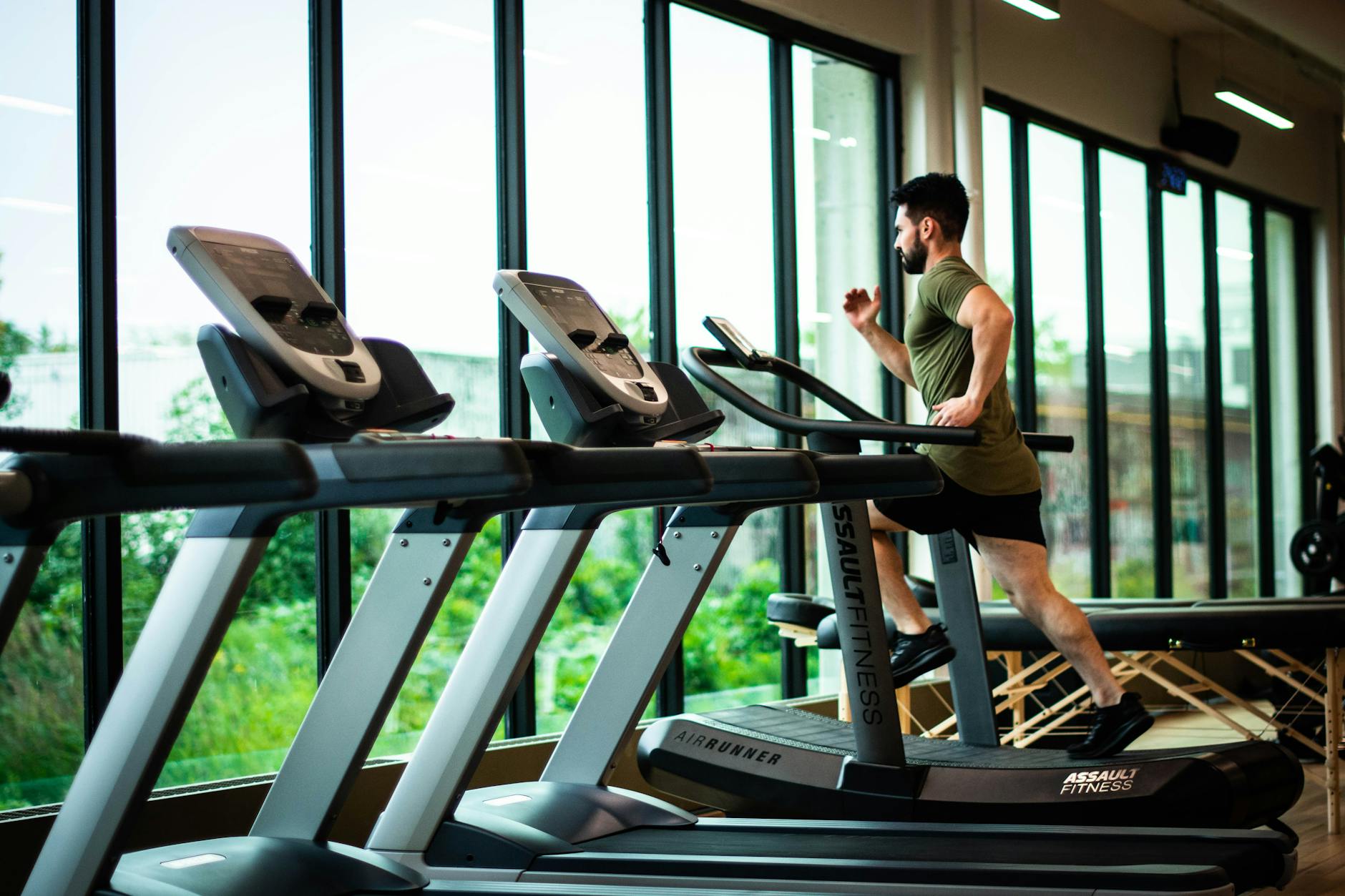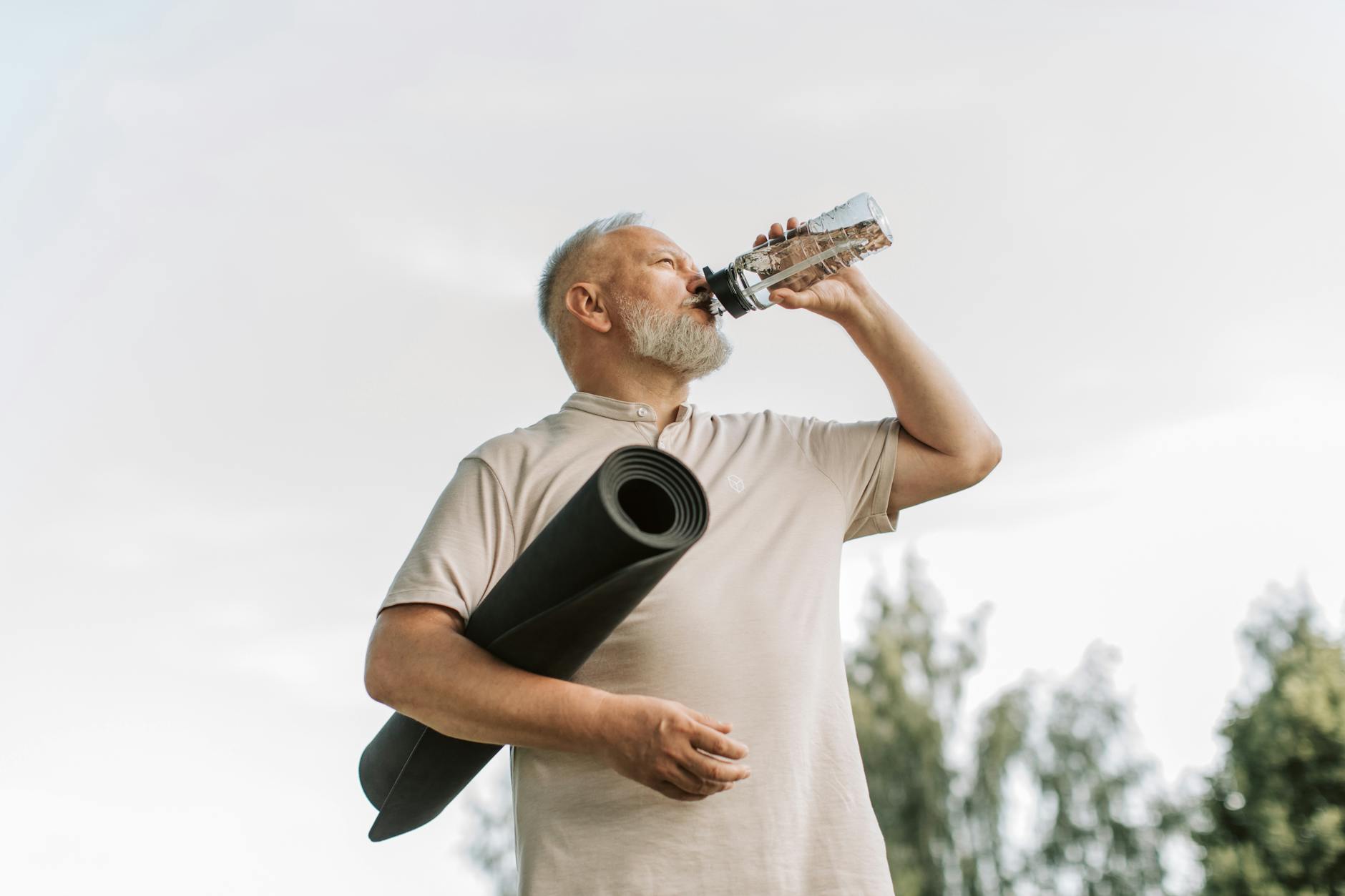Regular physical activity not only enhances your physical appearance but also boosts your mental well-being, improves cardiovascular health, strengthens muscles and bones, and increases longevity. Incorporating a variety of body exercises into your routine can lead to comprehensive health benefits, helping you feel energized, balanced, and resilient against illnesses.
This article explores ten effective body exercises that can significantly enhance your overall health. Whether you’re a beginner or an experienced athlete, these exercises can be adapted to suit your fitness level and goals. Let’s dive into each exercise, understand its benefits, and learn how to perform it correctly.
Remember: Stay safe when exercising! Don’t exert yourself too much!
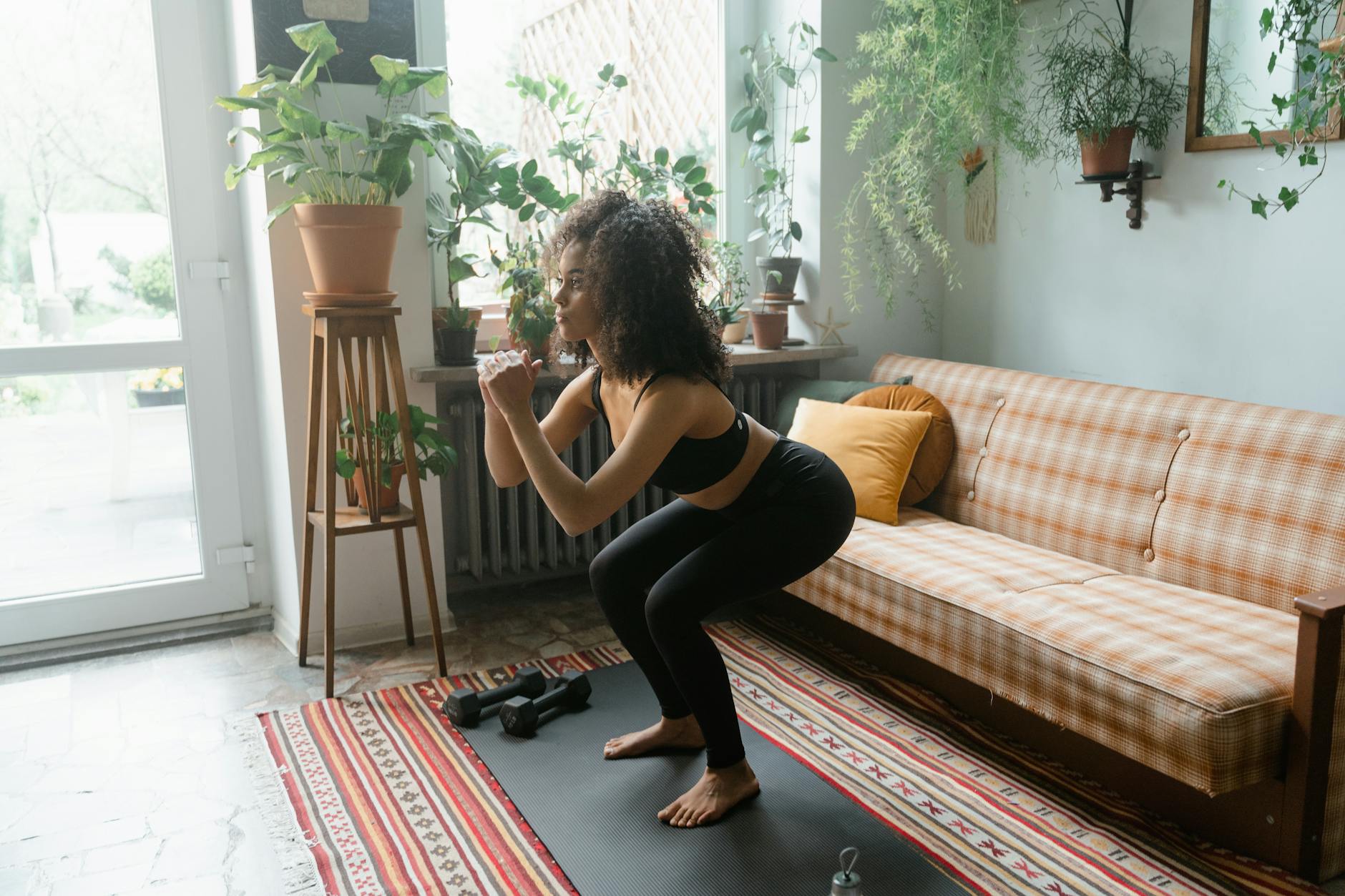
1. Squats: The Foundation of Lower Body Strength
Squats are a compound movement targeting the thighs, hips, buttocks, quadriceps, hamstrings, and core muscles. They are often regarded as the king of exercises because of their ability to build strength, improve mobility, and promote functional movement.
Health Benefits:
- Strengthen leg and glute muscles
- Enhance core stability and balance
- Improve joint flexibility and mobility
- Support metabolic health by increasing muscle mass
How to Perform:
- Stand with feet shoulder-width apart, toes slightly pointed outward.
- Keep your chest up and shoulders back.
- Engage your core.
- Bend your knees and hips simultaneously, lowering your body as if sitting back into a chair.
- Keep your knees aligned over your toes and avoid letting them cave inward.
- Lower yourself until your thighs are parallel to the ground or slightly below, depending on flexibility.
- Push through your heels to return to the starting position.
Tips:
- Use body weight initially; add weights (dumbbells or barbells) as you progress.
- Maintain a neutral spine throughout.
- Avoid letting knees go beyond your toes.
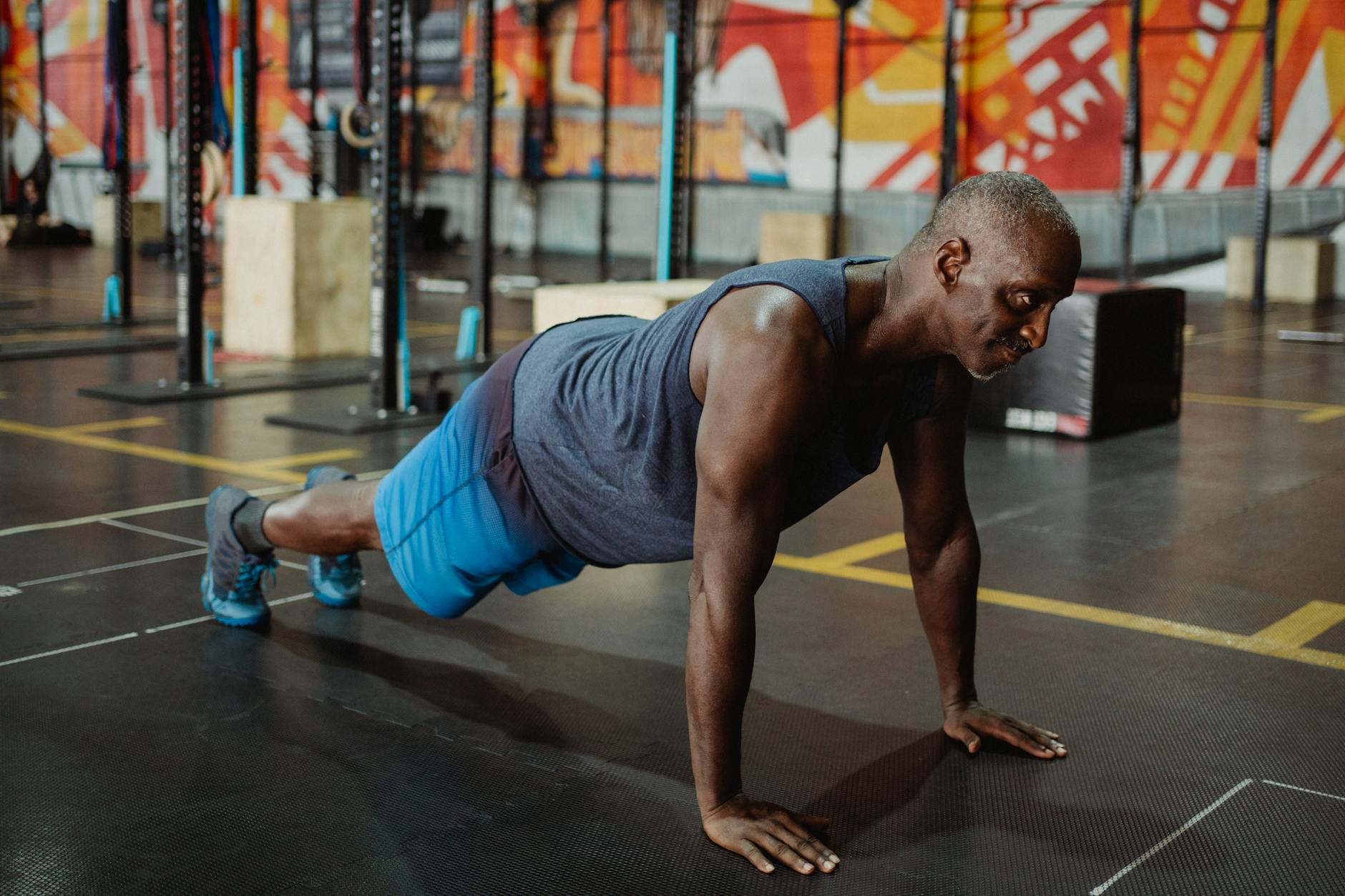
2. Push-Ups: Upper Body and Core Powerhouse
Push-ups are classic body exercises that engages the chest, shoulders, triceps, and core muscles. They promote upper body strength, stability, and endurance.
Health Benefits:
- Build upper body muscular endurance
- Strengthen the core, including abdominals and lower back
- Improve shoulder stability and mobility
- Enhance cardiovascular health when performed in high repetitions
How to Perform:
- Start in a plank position with hands placed slightly wider than shoulder-width apart.
- Keep your body in a straight line from head to heels.
- Engage your core and glutes.
- Lower your body toward the ground by bending your elbows, keeping them at about a 45-degree angle.
- Lower until your chest is just above the floor.
- Push through your palms to straighten your arms and return to the starting position.
Variations:
- Knee push-ups: For beginners or those with shoulder issues.
- Incline push-ups: Hands elevated on a bench or wall.
- Decline push-ups: Feet elevated for increased intensity.
Tips:
- Avoid sagging hips or piking your buttocks.
- Keep your neck aligned with your spine.
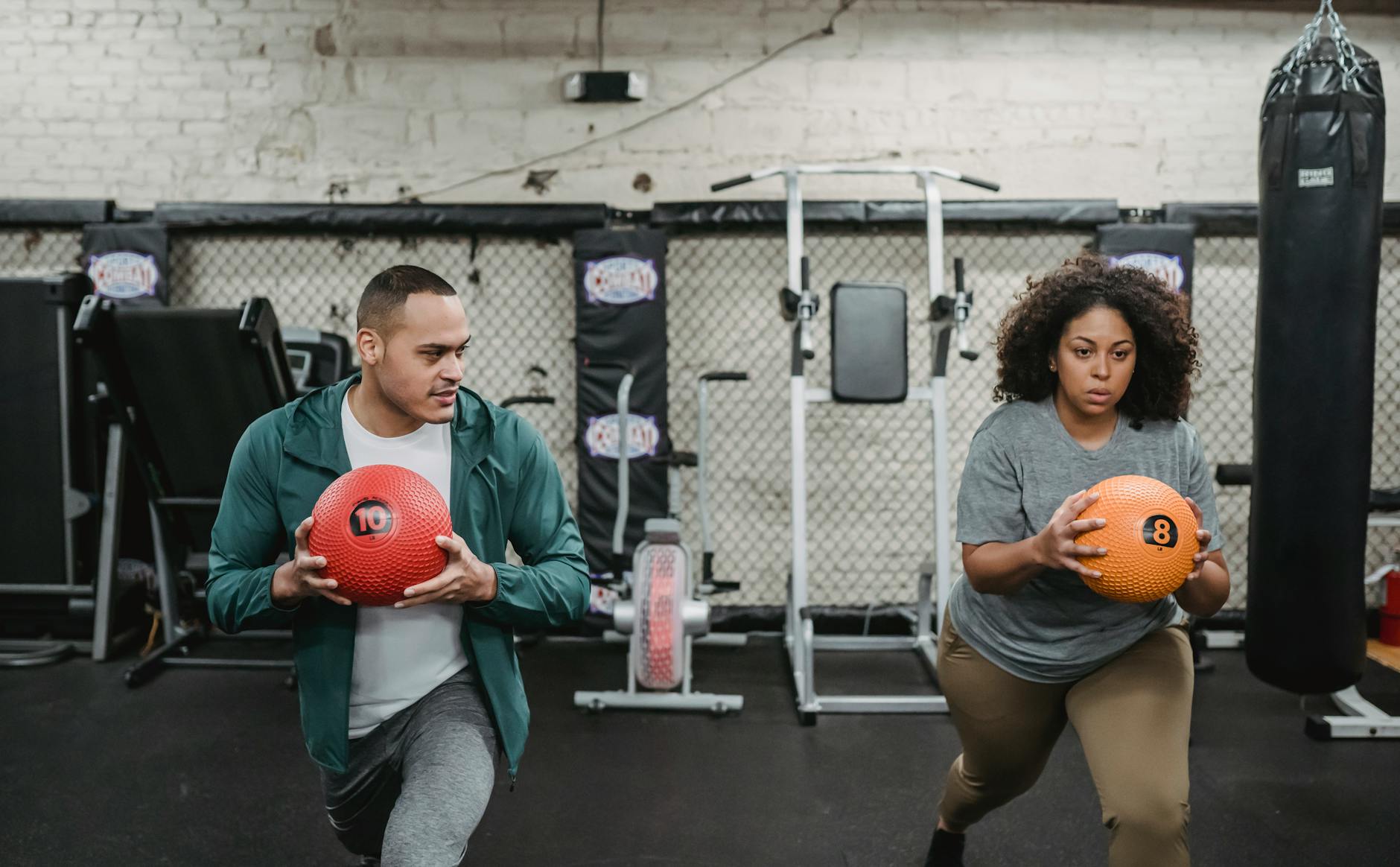
3. Lunges: Enhancing Balance and Lower Body Strength
Lunges target the glutes, quadriceps, hamstrings, and calves. They also challenge your balance and coordination, making them excellent for functional fitness.
Health Benefits:
- Increase lower body strength and muscle tone
- Improve balance and stability
- Enhance hip flexibility and mobility
- Correct muscular imbalances between legs
How to Perform:
- Stand upright with feet hip-width apart.
- Step forward with one leg, landing heel first.
- Bend both knees to approximately 90 degrees, lowering your hips toward the ground.
- The back knee should hover just above the floor.
- Push through the heel of the front foot to return to the starting position.
- Alternate legs and repeat.
Tips:
- Keep your torso upright and core engaged.
- Avoid letting the front knee extend beyond the toes.
- Use body weight initially; add dumbbells for resistance.
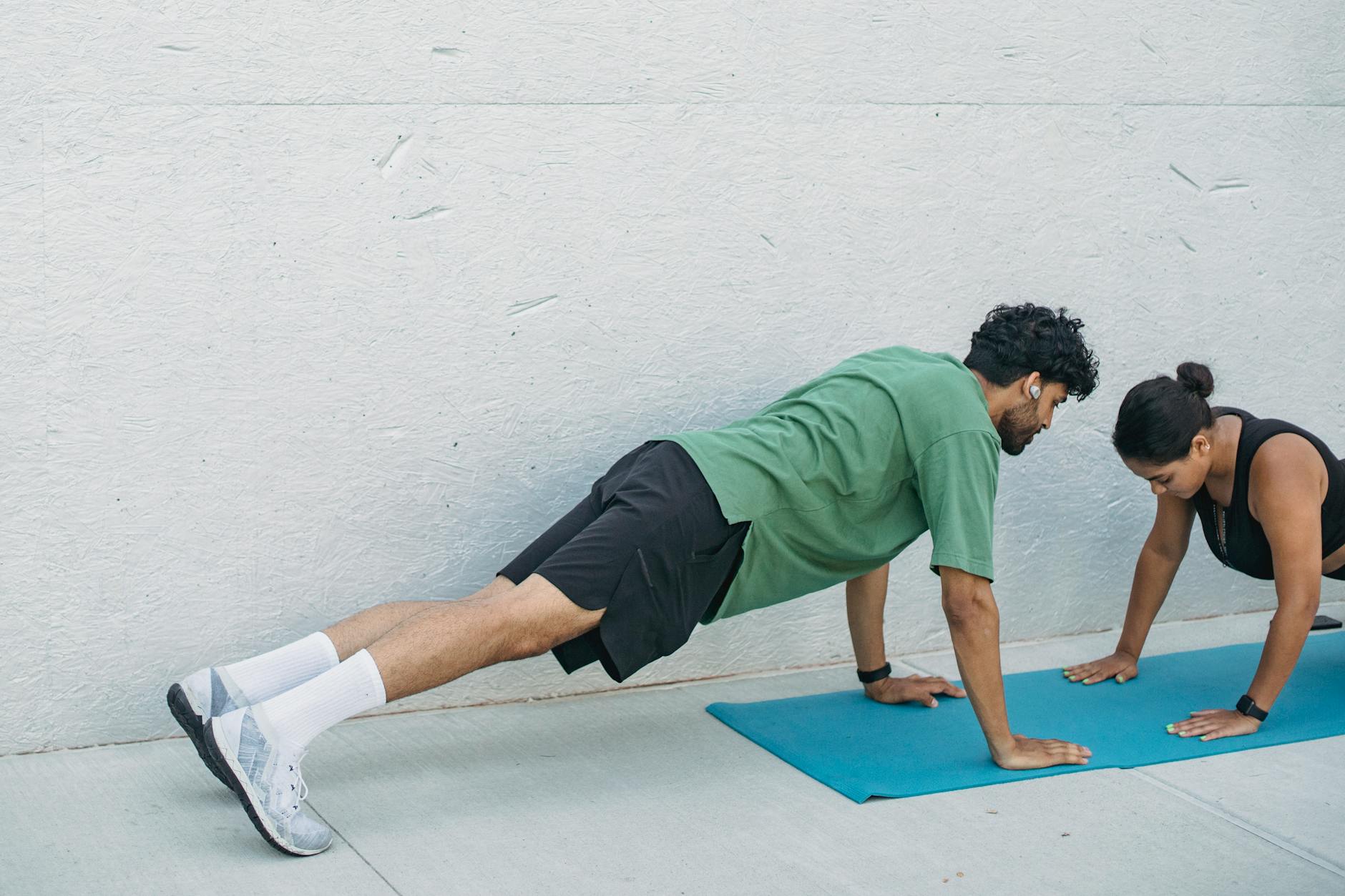
4. Planks: Core Stability and Posture
The plank is a static hold that emphasizes core stability, shoulder strength, and overall endurance. Planks and their variations are versatile body exercises that can be modified for all fitness levels.
Health Benefits:
- Strengthen abdominal muscles and lower back
- Improve posture and spinal alignment
- Enhance shoulder stability
- Reduce risk of back pain
How to Perform:
- Begin in a forearm or straight-arm plank position with elbows directly under shoulders.
- Keep your body in a straight line from head to heels.
- Engage your core, glutes, and leg muscles.
- Hold the position for a set amount of time, starting with 20-30 seconds and gradually increasing.
Variations:
- Side plank for oblique strength
- Plank with leg lifts for added core challenge
- Knee plank for beginners
Tips:
- Avoid sagging hips or raising the buttocks.
- Breathe steadily throughout.
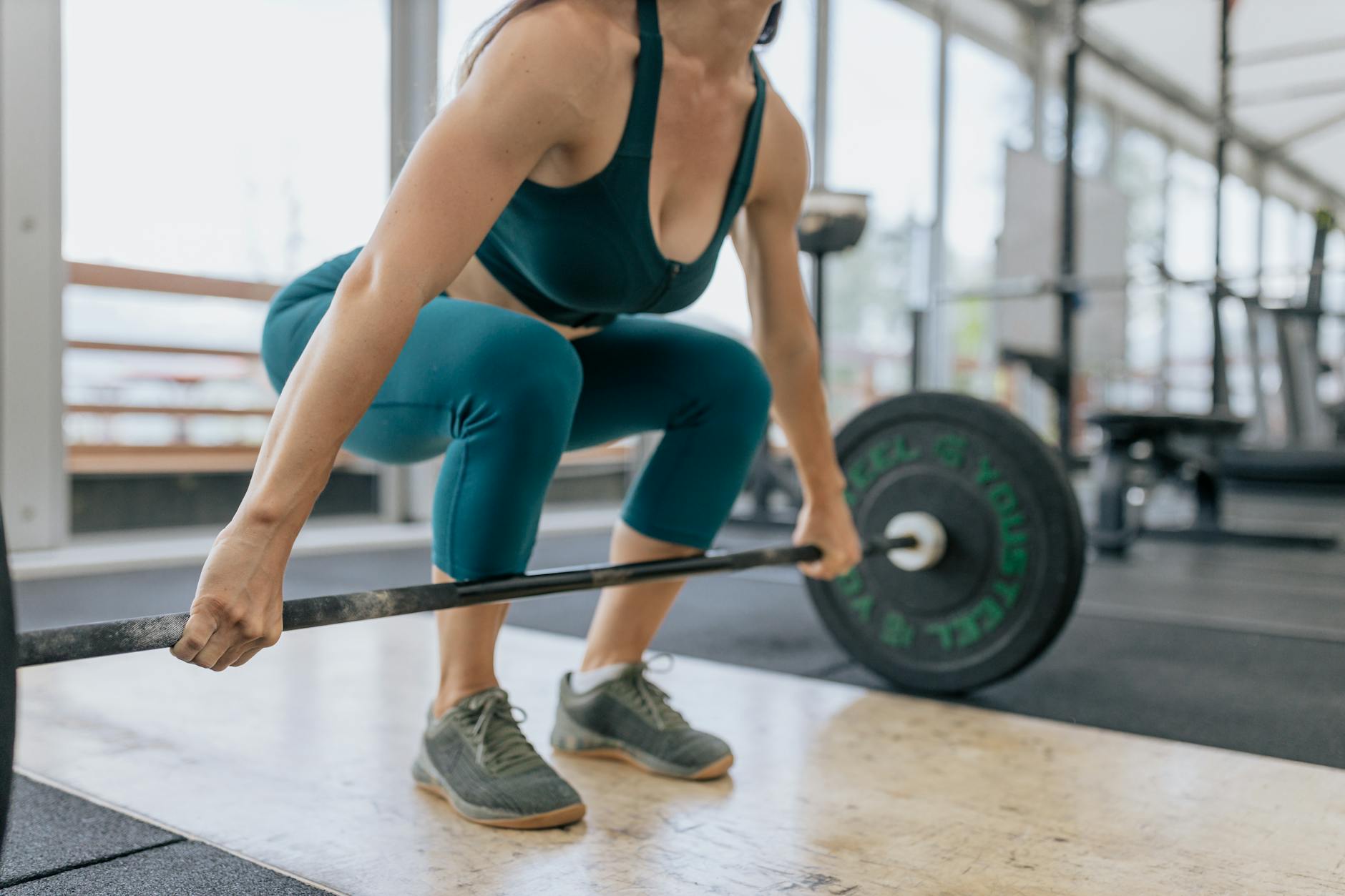
5. Deadlifts: Total-Body Strength and Posture
Deadlifts are a fundamental strength body exercises targeting the posterior chain, including glutes, hamstrings, lower back, traps, and forearms. Proper technique is essential for safety and effectiveness.
Health Benefits:
- Build overall strength and muscle mass
- Improve posture and spinal health
- Enhance grip strength
- Support functional daily movements
How to Perform:
- Stand with feet hip-width apart, barbell or dumbbells on the ground in front of you.
- Bend at the hips and knees, keeping your back flat and chest up.
- Grip the weight with hands shoulder-width apart.
- Engage your core and drive through your heels to lift, extending hips and knees simultaneously.
- Keep the bar close to your body as you stand upright.
- Reverse the movement to lower the weight back down with control.
Tips:
- Maintain a neutral spine throughout.
- Avoid rounding your back.
- Use appropriate weight to avoid injury.
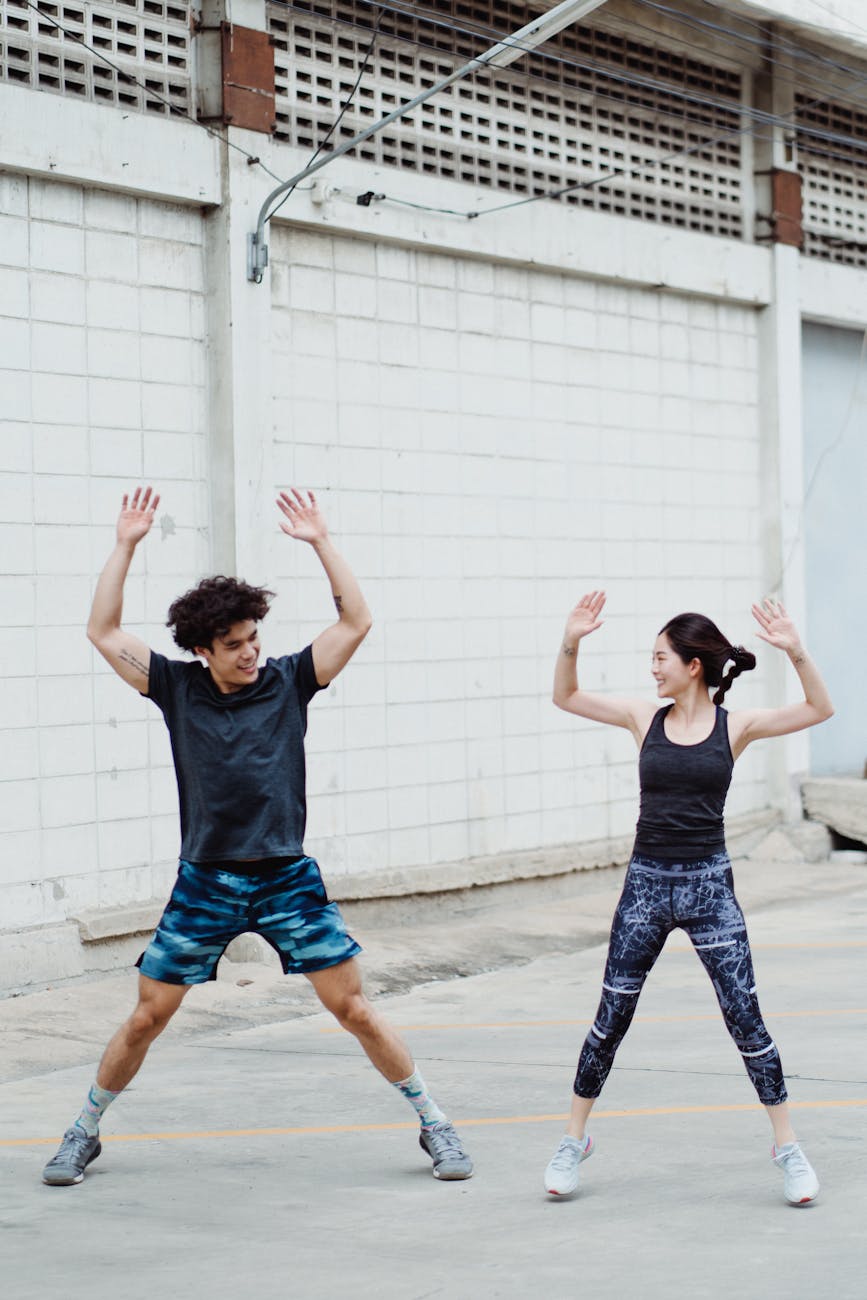
6. Jumping Jacks: Cardiovascular and Full-Body Conditioning
Jumping jacks are a simple but effective aerobic exercise that elevates heart rate and engages multiple muscle groups.
Health Benefits:
- Improve cardiovascular endurance
- Burn calories and aid weight management
- Enhance coordination and agility
- Activate muscles in legs, arms, and core
How to Perform:
- Stand upright with feet together and arms at your sides.
- Jump your feet out to shoulder-width while raisi raising arms overhead.
- Jump back to starting position.
- Repeat at a steady, controlled pace.
Tips:
- Land softly to reduce impact on joints.
- Use as part of a high-intensity interval training (HIIT) session for added benefits.
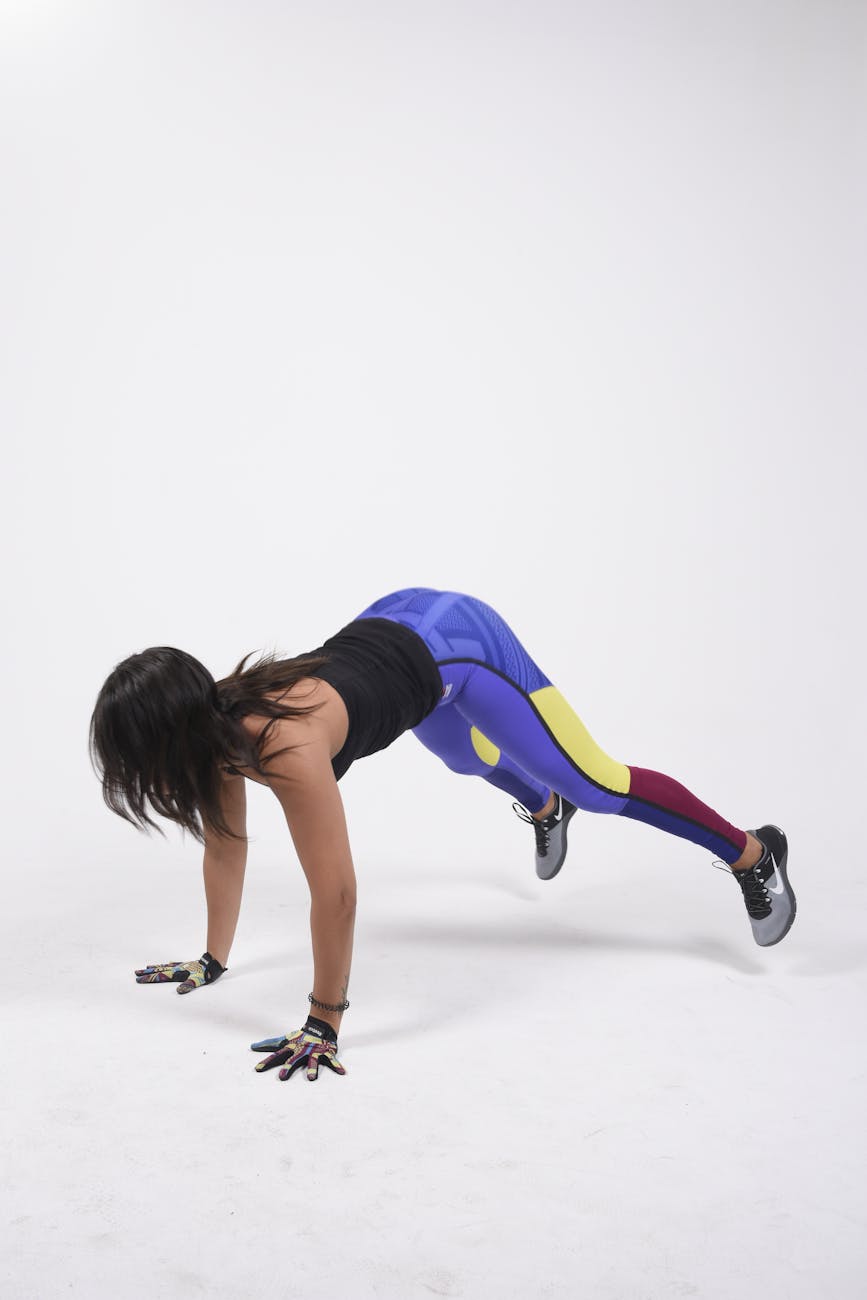
7. Burpees: High-Intensity Full-Body Exercise
Burpees combine a squat, jump, and push-up, providing a comprehensive workout that boosts cardiovascular fitness, strength, and endurance.
Health Benefits:
- Burn significant calories in a short time
- Strengthen multiple muscle groups simultaneously
- Improve athletic agility
- Increase metabolic rate
How to Perform:
- Start in a standing position.
- Drop into a squat and place hands on the ground.
- Kick your feet back into a plank position.
- Perform a push-up.
- Jump your feet back toward your hands.
- Explode upward into a jump.
- Land softly and repeat.
Tips:
- Maintain good form to prevent injury.
- Modify by omitting the push-up if necessary.
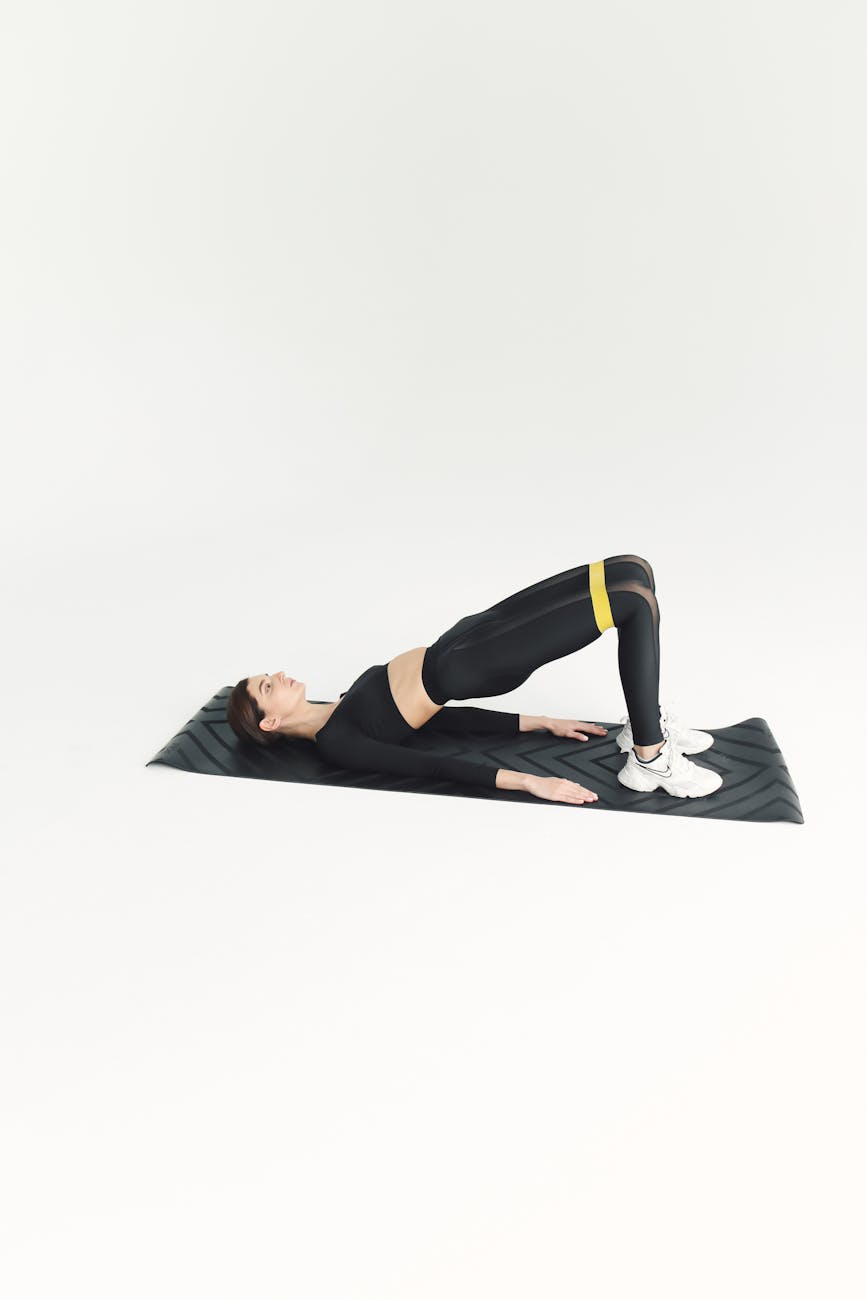
8. Glute Bridges: Hip and Lower Back Strength
Glute bridge bridges focus on strengthening the glutes, hamstrings, and lower back, supporting pelvic stability and reducing back pain.
Health Benefits:
- Enhance hip mobility and stability
- Improve posture and spinal alignment
- Reduce risk of lower lower back pain
- Support core stability
How to Perform:
- Lie on your back with knees bent and feet flat on the ground, hip-width apart.
- Place arms at your sides, palms facing down.
- Engage your core and squeeze your glutes.
- Drive through your heels to lift your hips off the ground until your body forms a straight line from shoulders to knees.
- Pause briefly, then lower hips back down slowly slowly.
Tips:
- Avoid over-arching your lower back.
- Add resistance resistance bands or weights for increased difficulty.
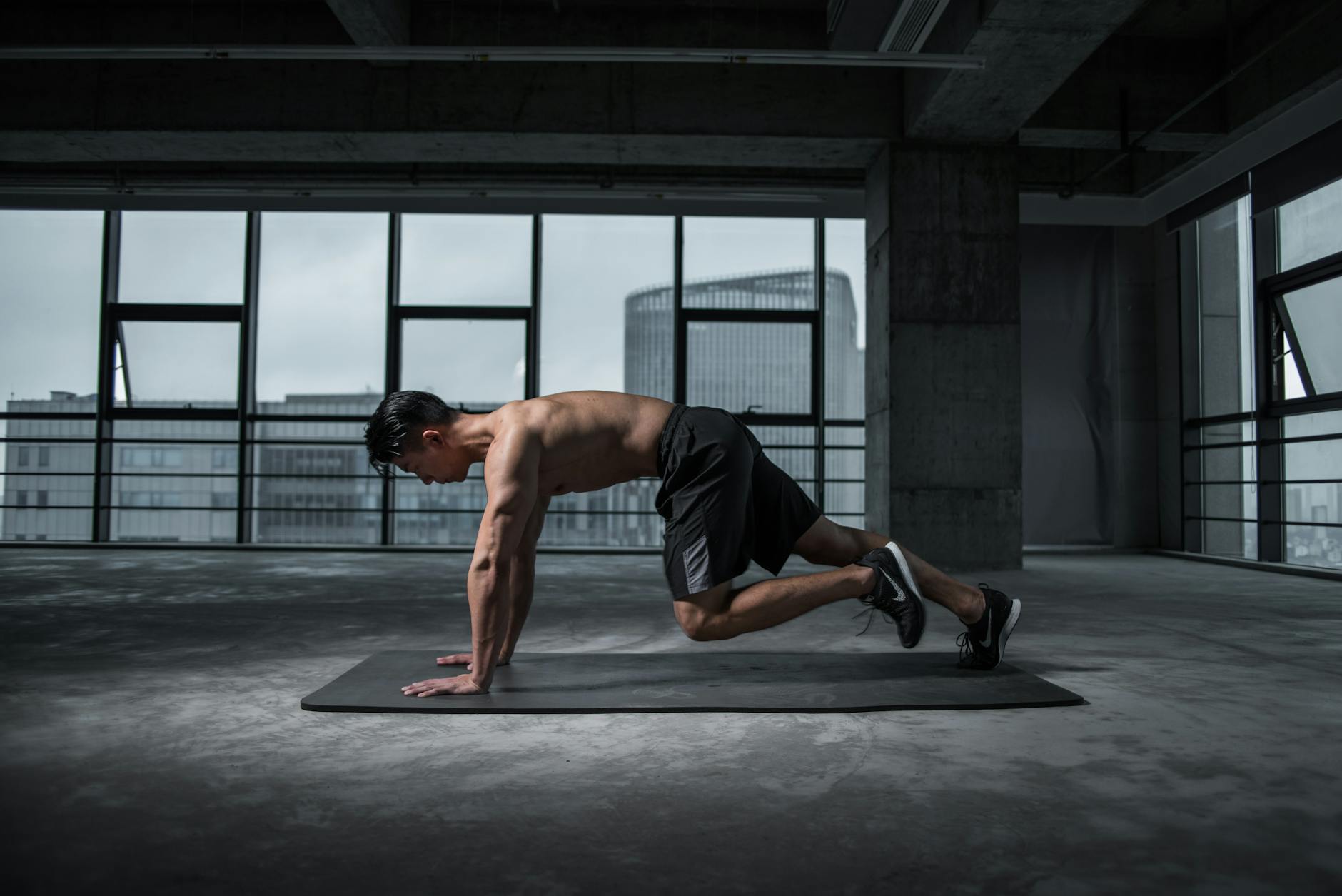
9. Mountain Climbers: Cardio and Core Workout
Mountain climbers are a dynamic, high-intensity body exercises that combines cardio with core strength, improving endurance and coordination.
Health Benefits:
- Boost cardiovascular fitness
- Engage core, shoulders, and legs
- Burn calories rapidly
- Improve agility and coordination
How to Perform:
- Start in a plank position with hands under shoulders.
- Drive your right knee toward your chest.
- Quickly switch legs, bringing your left knee forward while extending the right leg back.
- Continue alternating legs at a brisk pace.
Tips:
- Keep hips level and core engaged.
- Maintain a steady b breathing pattern.
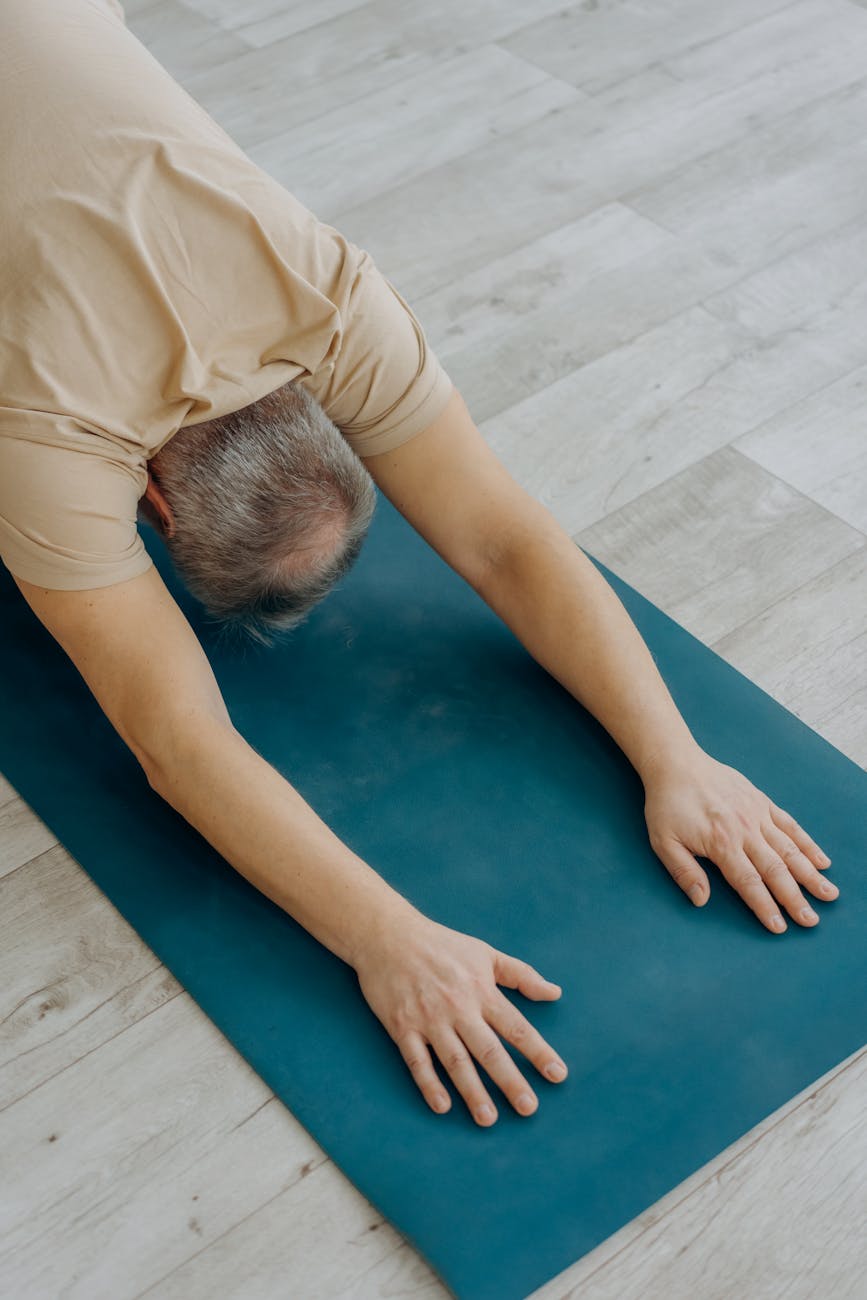
10. Superman Exercise: Lower Back and Posterior Chain
The Superman targets the lower back, glutes, and shoulders, strengthening the posterior chain essential for posture and athletic performance.
Health Benefits:
- Reduce lower back pain
- Improve spinal extension and stab stability
- Enhance overall posterior chain strength
How to Perform:
- Lie face down on the ground with arms extended overhead.
- Simultaneously lift arms, chest, and legs off the ground, engaging your back muscles.
- Keep your neck neutral and gaze downward.
- Hold for 2-3 seconds, then lower back down slowly.
Tips:
- Avoid overextending the neck.
- Breathe steadily and avoid rapid movements.
Crafting a Balanced Exercise Routine
Incorporating these ten exercises into your weekly routine can profoundly impact your overall health. Here are some guidelines for creating an effective workout plan:
- Frequency. Aim for at least 3-5 sessions per week, depending on your fitness level and goals.
- Duration. Each session can last between 30 to 60 minutes, including warm-up and cool-down.
- Intensity. Mix moderate and high-intensity exercises, ensuring adequate rest and recovery.
- Variability. Rotate exercises to prevent plateaus and maintain motivation.
- Progression. Gradually increase repetitions, sets, or resistance as your strength and endurance improve.
Additional Tips for Success
- Warm-Up and Cool-Down. Always start with 5-10 minutes of light cardio (e.g., brisk walking or jumping jacks) and dynamic stretching. Finish with stretching to enhance flexibility and reduce soreness.
- Proper Technique. Prioritize correct form to prevent injuries and maximize benefits.
- Consistency. Regular activity is key to achieving and maintaining health benefits.
- Listen to Your Body. Rest when needed, and modify exercises if you experience pain or discomfort.
- Stay Hydrated. Drink water before, during, and after workouts.
- Healthy Nutrition. Complement your exercise routine with a balanced diet rich in fruits, vegetables, lean proteins, and whole grains.
Stay active, stay healthy!
Achieving optimal health doesn’t necessarily require complex or time-consuming workouts. By integrating these ten body exercises into your routine, you can improve strength, endurance, flexibility, and mental well-being. Remember, consistency and proper technique are vital. Embrace your fitness journey, and enjoy the numerous health benefits that come with a well-rounded exercise regimen.
Start today by selecting a few exercises that suit your current fitness level and gradually build up your routine. Over time, these exercises will become a natural part of your lifestyle, empowering you to live a healthier, more vibrant life.

